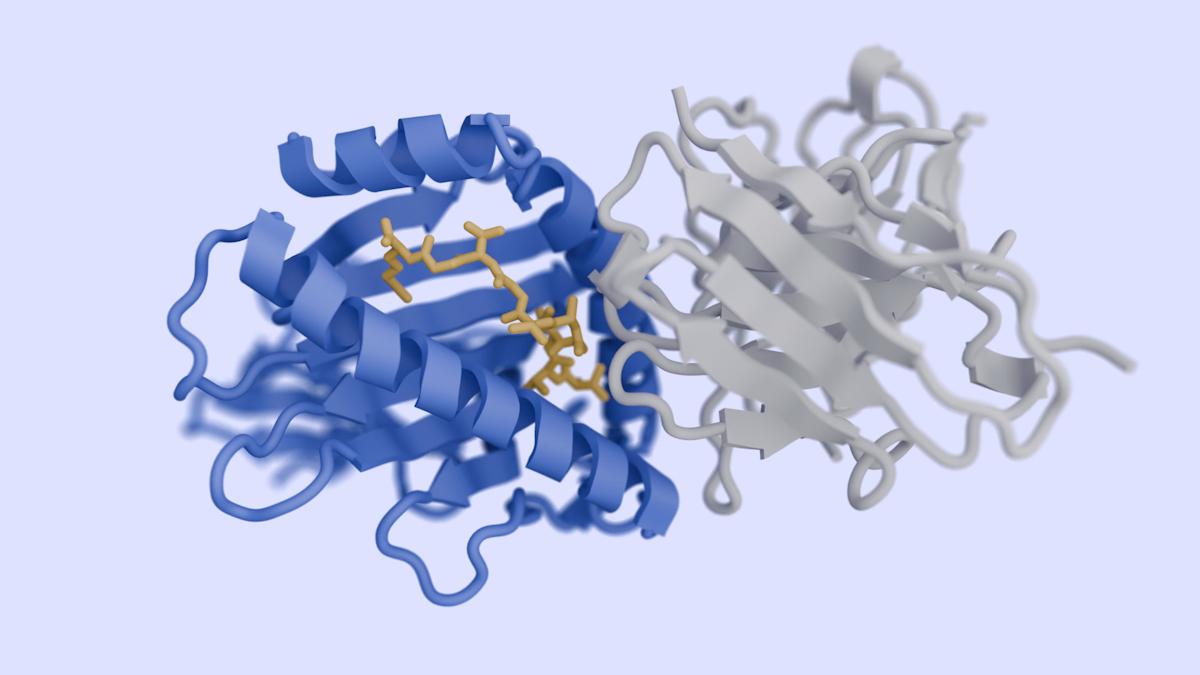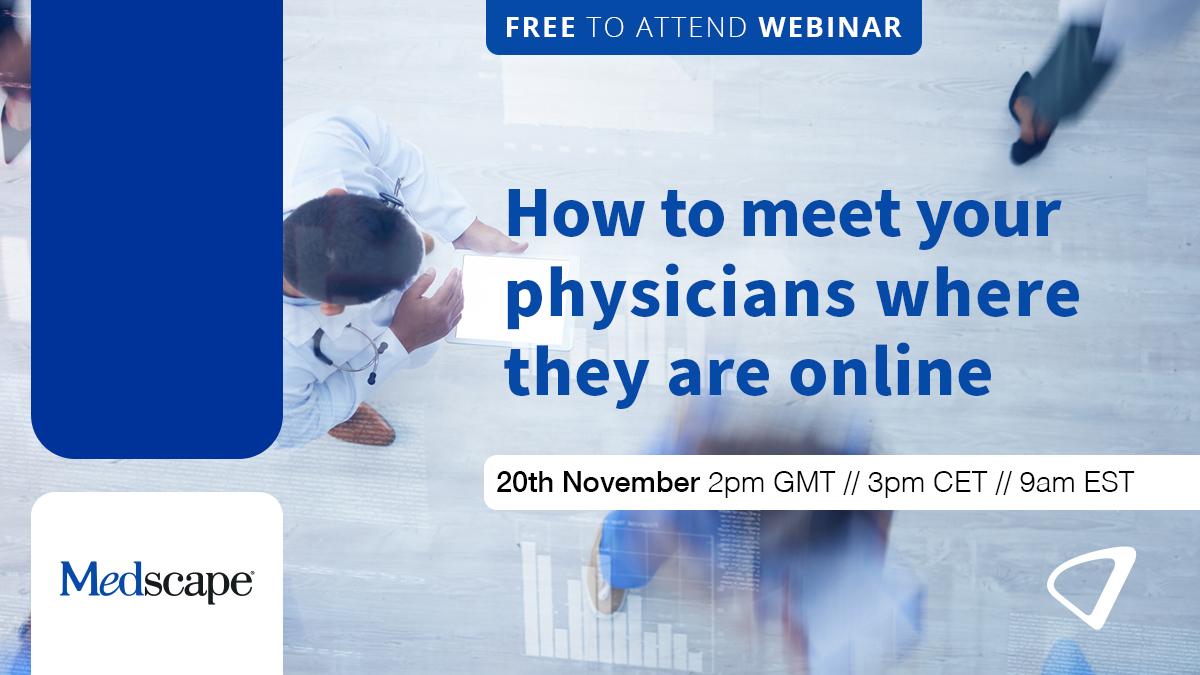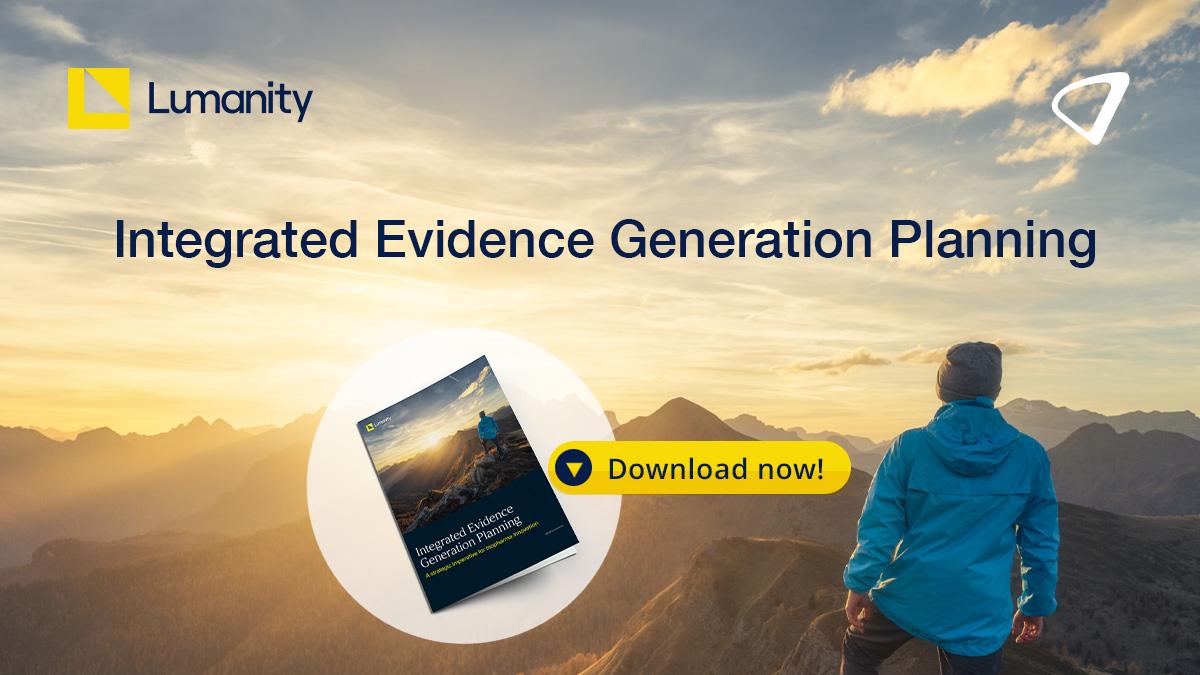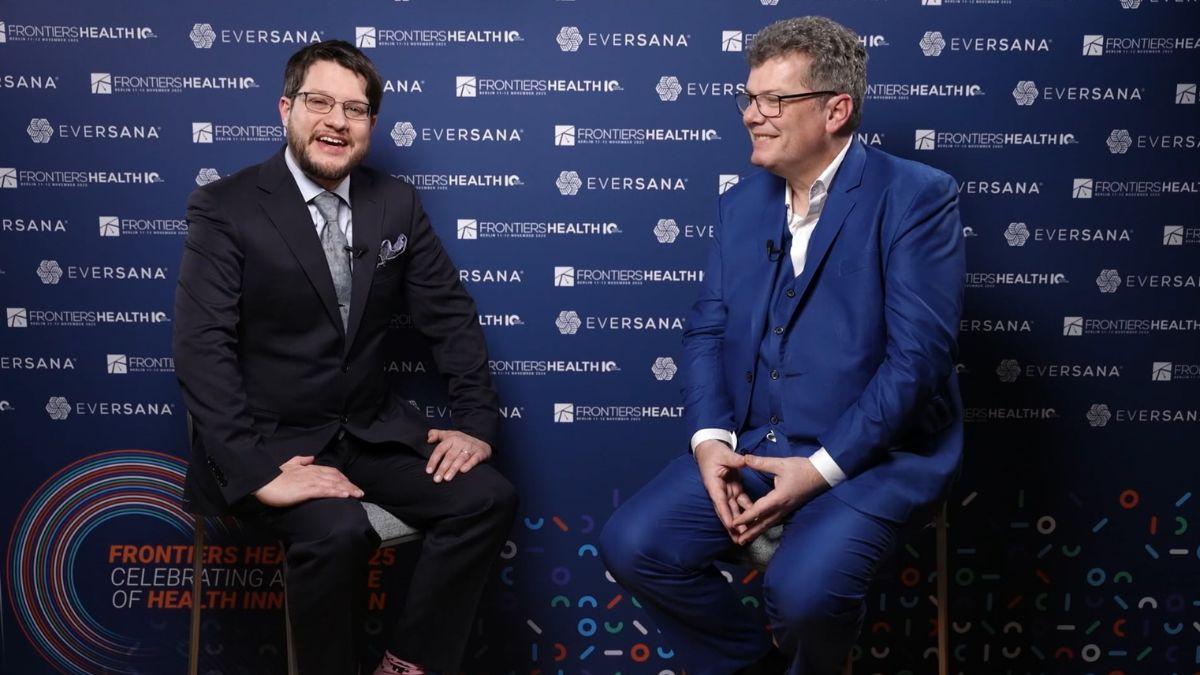Four AIs for spinal fractures can be used by NHS, says NICE
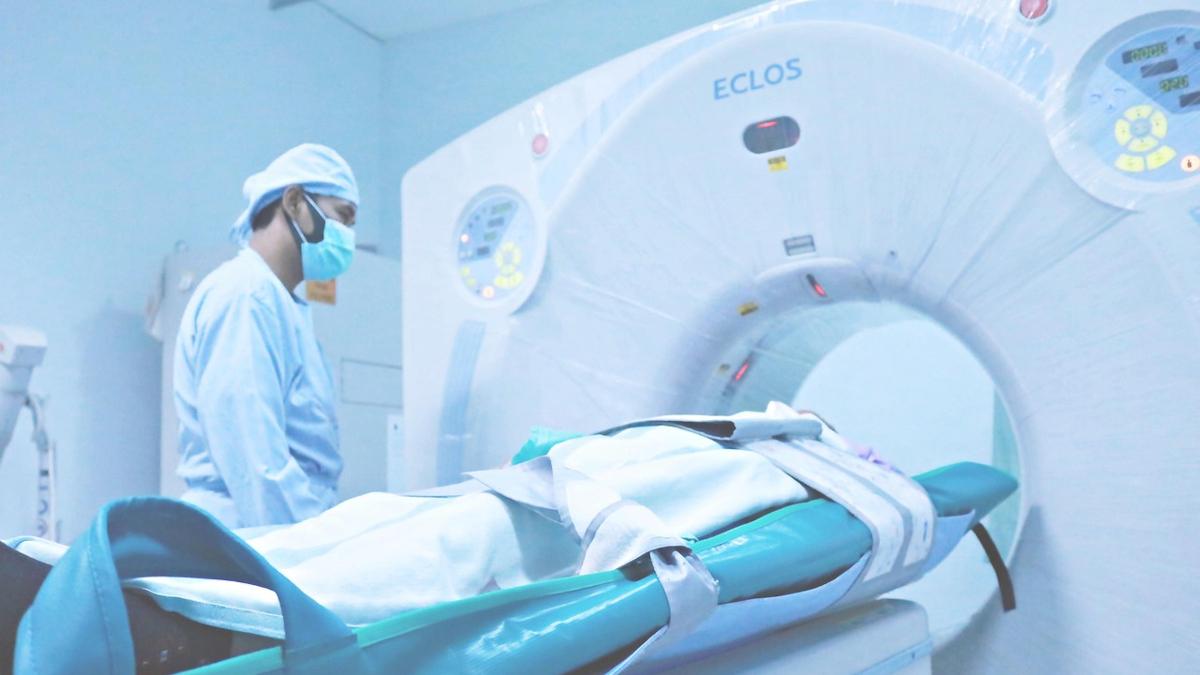
Four digital tools designed to improve the detection of hard-to-spot spinal fractures on medical images have been cleared for use by the NHS, while further data on their benefits is compiled.
Draft guidance from reimbursement authority NICE has recommended use of the artificial intelligence technologies – Aidoc Medical's BriefCase-Triage, Avicenna.AI's CINA-VCF Quantix, Nanox AI's HealthVCF, and IB Lab's FLAMINGO software – for the detection of vertebral fragility fractures (VFFs) on medical images taken for unrelated conditions.
Four other AI algorithms – two from Annalise.AI and one apiece from Gleamer and Milvue – have not been recommended, as NICE believes there needs to be more research into their benefits.
The agency said that opportunistic use of the tools in patients undergoing CT scans could identify vertebral fragility fractures (VFFs) in "thousands of patients" who would otherwise go undiagnosed, potentially saving money for the NHS and helping people avoid potentially serious outcomes.
It has recommended initial funding for the four AIs for three years, while more evidence is sought to resolve "any uncertainties" in their benefits and cost-effectiveness.
During that period, data will be sought on diagnostic accuracy compared with current NHS standard care, failure rates of the technologies, impact on referral and treatment rates, effects on healthcare professional workload, and short-term quality of life improvements.
Often associated with bone-weakening disease osteoporosis, VFFs often do not cause any obvious symptoms and – even if symptoms like back pain are present – patients may not seek care as they do not link them to a fracture.
Left undetected, VFFs can lead to complications like a curved spine, height loss, loss of mobility, and pain, and are a valuable early warning signal for other symptoms of osteoporosis, like hip fractures.
More than 55% of people with a hip fracture have evidence of previous VFFs, according to NICE, and the societal costs of a hip fracture are estimated to be around £33,000 ($44,000) per person in the first year.
Use of AI algorithms in this way ties in with the focus on the new NHS 10-Year Plan on prevention and digitalisation.
"Despite ongoing efforts to raise awareness of vertebral fragility fractures, most remain undiagnosed," said Dr Anastasia Chalkidou, healthtech programme director at NICE.
"By identifying more people with VFFs who need treatment for the underlying cause of the fracture, we could reduce the risk of future fractures, while potentially reducing demand on other costly services such as those needed to manage hip fractures."
The draft guidance is open for comment until 29th July.
Image by Mufid Majnun from Pixabay




